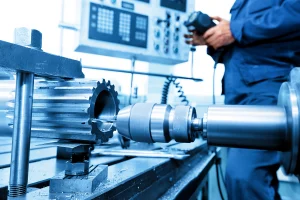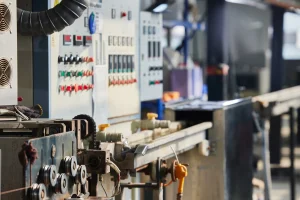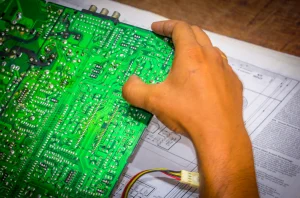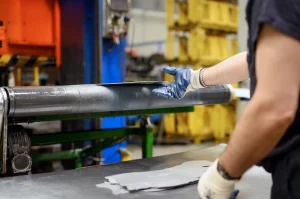There are many difficulties in the processing of stainless steel parts due to their material characteristics and process requirements, which are mainly reflected in tool wear, cutting force and cutting temperature, processing deformation, chip breaking and chip removal, etc. The following is a specific analysis:

Fast tool wear
High hardness and toughness: Stainless steel has high hardness and toughness. During the cutting process, the friction between the tool and the workpiece is intense, and the pressure and friction on the tool are large, resulting in rapid tool wear. For example, when processing 304 stainless steel with high hardness, ordinary high-speed steel tools may show obvious wear in a short time.
Severe work hardening: Stainless steel is very easy to produce work hardening during the processing process, and the material hardness in the cutting area will increase significantly, further aggravating the wear of the tool and reducing the service life of the tool.
High cutting force and cutting temperature
High strength: Stainless steel has high strength, and a large cutting force is required during cutting to make the material plastically deform and separate, which not only increases the load of the machine tool, but also may cause vibration of the tool, affecting the processing accuracy and surface quality.
Poor thermal conductivity: Stainless steel has low thermal conductivity, and the heat generated during cutting is difficult to dissipate quickly through the workpiece and chips. A large amount of heat is concentrated in the cutting area, which increases the cutting temperature. High temperature will reduce the hardness of the tool material, accelerate tool wear, and may also cause thermal deformation of the workpiece material, affecting the processing accuracy.
Large processing deformation
Thermal deformation: Due to the poor thermal conductivity of stainless steel, the heat generated during the processing process can easily increase the local temperature of the workpiece and cause thermal expansion. During the cooling process, the uneven temperature will cause contraction, resulting in deformation of the workpiece. Especially for stainless steel parts with thin walls, slender shafts and other structures, the problem of thermal deformation is more prominent.
Internal stress release: Stainless steel parts may already have internal stress before processing. The removal of materials during processing will break the original stress balance, and the internal stress will be redistributed and released, causing the workpiece to deform.
Difficult chip breaking and chip removal
Good toughness: Stainless steel materials have good toughness, and the chips generated during cutting are not easy to break, and it is easy to form continuous strip chips. These strip chips will wrap around the tool and the workpiece, affecting the smooth progress of the cutting process, and may even damage the tool and the processed surface.
Complex chip shape: In the processing of some complex shapes, such as milling and drilling, the shape and flow direction of the chips are irregular, and the chip removal space is limited, which increases the difficulty of chip removal.





